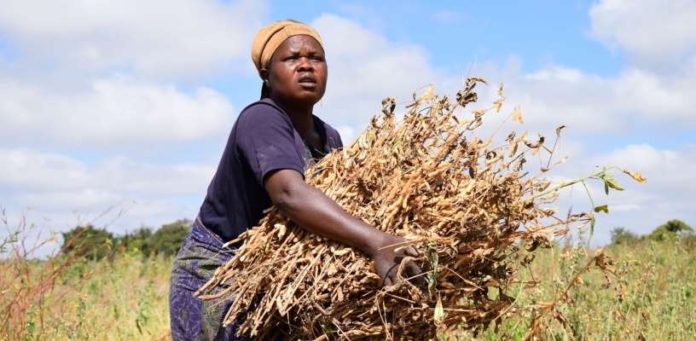The majority of the 2022 summer cereal harvest in Southern Africa is complete, while the minor winter wheat harvest is anticipated between September and October.
Despite some erratic precipitation and the impact of tropical cyclones, global cereal production in 2022 is predicted to be close to average at 37.3 million tonnes.
This is contained in Food and Agriculture Organisation’s (FAO) latest regional overview of the SADC region released this Wednesday/
“Zambia and Zimbabwe are expected to produce 3 million and 2 million tonnes of cereal in 2022. Low crop yields in both countries were driven by an uneven temporal distribution of rainfall and overall below-average cumulative amounts,” it said .
“Tropical storms in early 2022 submerged cropland and caused localized crop losses, further reducing harvests. In Madagascar, total paddy production in 2022 is expected to remain above the five-year average due to generally favourable weather in the main producing central regions.”
However, according to the international body, extreme weather events have reduced outputs in eastern regions and damaged agriculture infrastructure. In 2022, food insecure southern regions suffered a sixth consecutive poor agricultural season due to drought, and major food crop harvests are expected to be low.
FAO added: “In early 2022, two cyclones and one tropical depression in Mozambique damaged crops. Post-disaster assessments show high crop losses in flooded areas, and national cereal production is expected to fall in 2022.
In Malawi, consistent and favourable rainfall since January 2022 helped keep national cereal production above average in 2022 despite a poor season start that required replanting in multiple districts. An above-average harvest is also estimated in Namibia for analogous reasons and near-average cereal outturns are foreseen in Eswatini and Lesotho.”
FAO said as the growing season in 2022 was nearing its conclusion when the war in Ukraine escalated the cost of agricultural inputs, the conflict had little impact on agricultural output.
“However, there are grave concerns for the following season, as the elevated prices may restrict farmers’ access to inputs, resulting in a decrease in the application of fertilisers and negative effects on 2023 production.”









